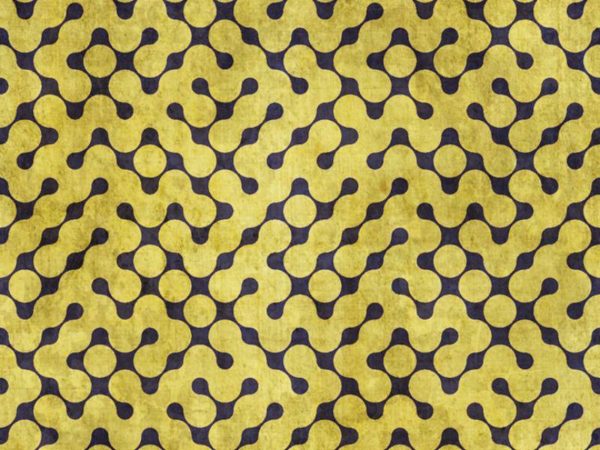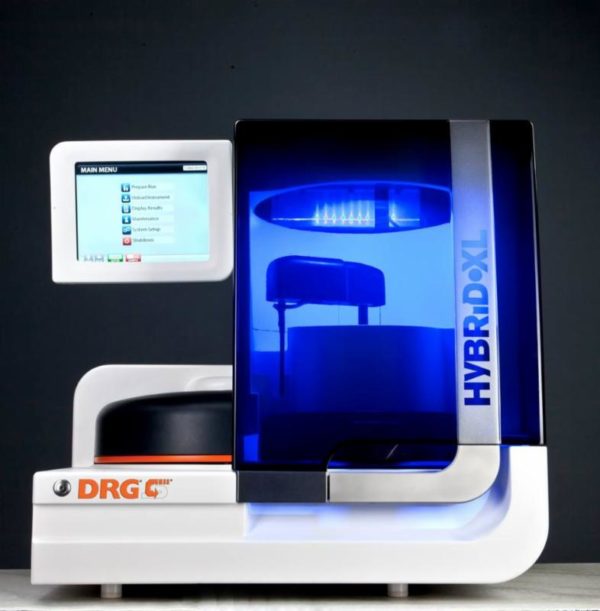Description
The E-LizaMat 3000 with its sliding plate cover adds a new safety factor for the end user, avoiding biological contamination and eliminating reading errors. Like all DRG’s micro titer plate readers, it has a high rate of accuracy with an absorbance range from 0.100 AU to 3.000 AU and wavelengths from 405-630 nm. The ELM-3000 is an open system with a built in mixer function suitable for standard 96 well micro titer plates and strip trays which can be read in both directions, 1 to 12 and A to H.
Each unit is supplied with a built-in standard software package, which contains a variety of pre-programmed rapid, automatic calculations. The built-in program is user friendly and will allow the operator to add, delete and change any data. In addition to QC control checks, the ELM-3000 allows programmable interpretation and instrument self-diagnosis. The standard software package enables the operator to carry out rapid, automatic calculations; including curve fitting and cut-off absorbance. An additional feature, the optional Windows based DRG software package, allows data to be analyzed by an external computer.
With all of its versatility and high technology, the ELM-3000 is still the most economical reader in the market today and is covered by a one-year warranty.
New Features:
*New Calculation Mode
A new calculation mode was entered, “multi-point % Abs”. This mode allows a standard curve to be “normalized” by fixing the highest absorbing standard at 100%. In this mode, a positively or negatively sloped point-to-point curve is made where x=concentration and y=absorbance expressed as a percentage of the highest calibrator’s absorbance. The printout shows the actual absorbance, the percent absorbance, and the calculated concentration for each specimen. This replaces the old uptake mode.
*Multi-Test Option
A new feature allows for more than one test per plate. In the new multi-test option, the display prompts the user to divide the plate into sections and set up a selected test for each section.
*Unit Labels
Unit labeling for the concentration field has been added. Unit labels, such as lU/mL, have been stored on the number keys for selection during test set up. The selected units will be printed as the column heading for the concentration field.




